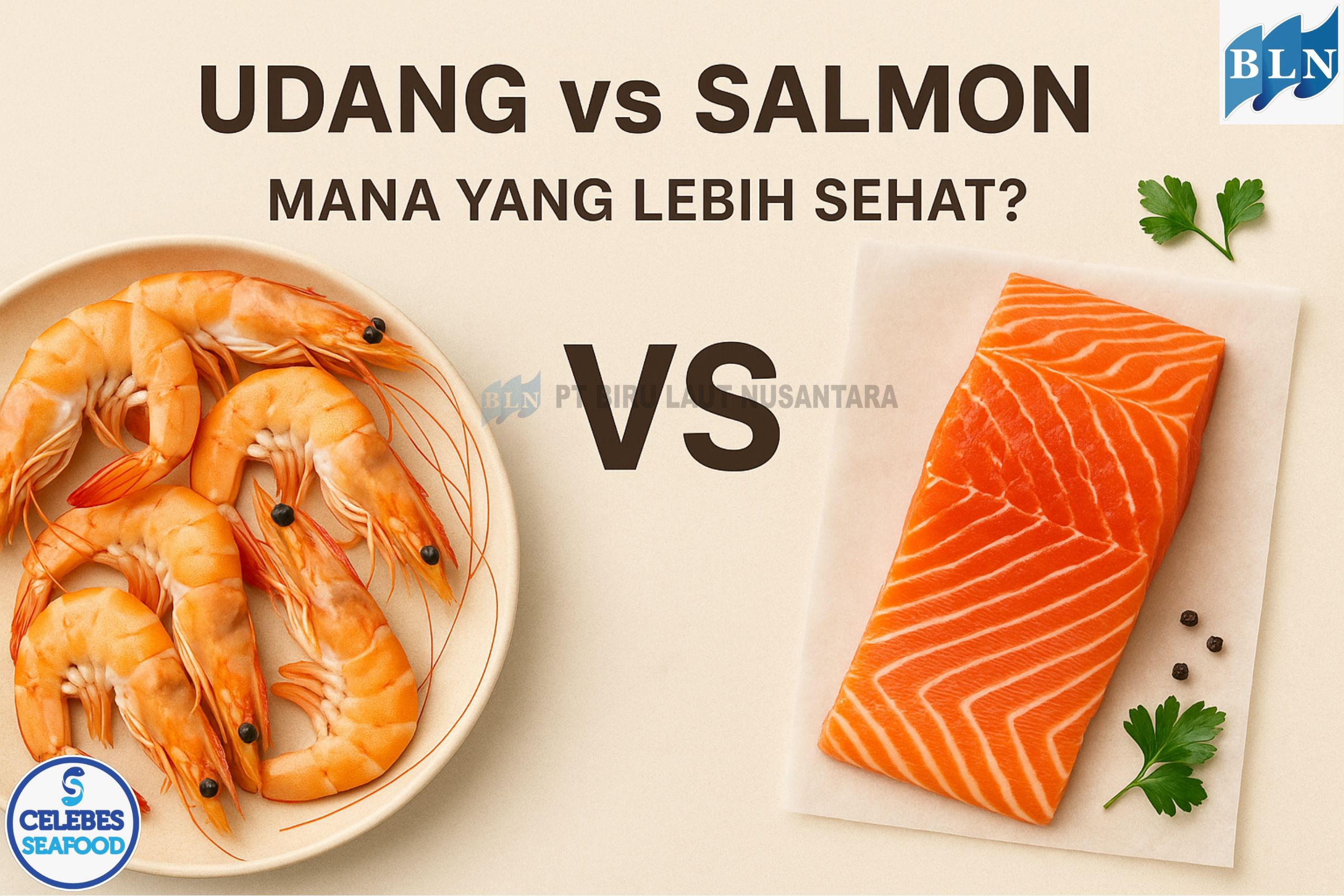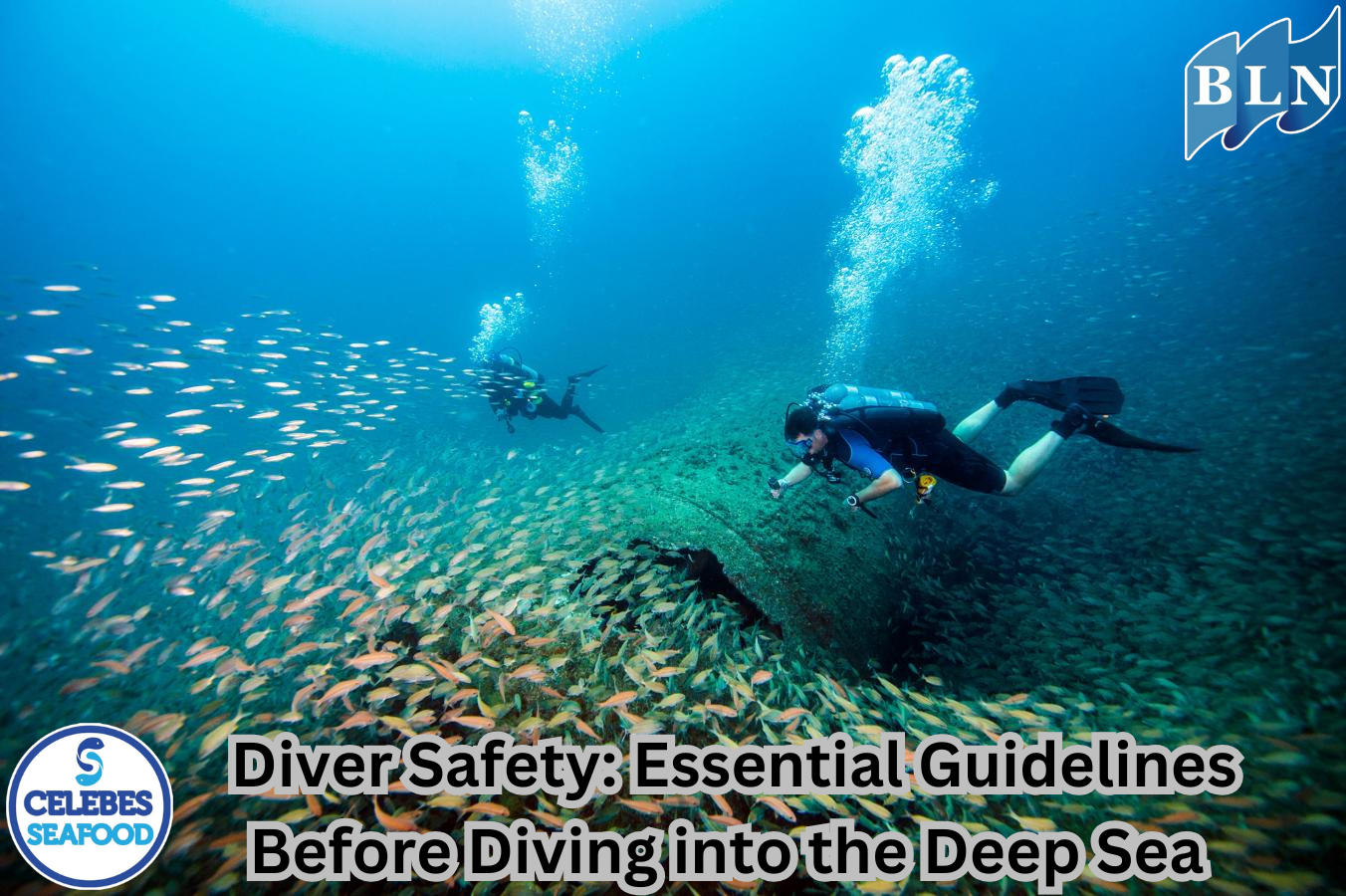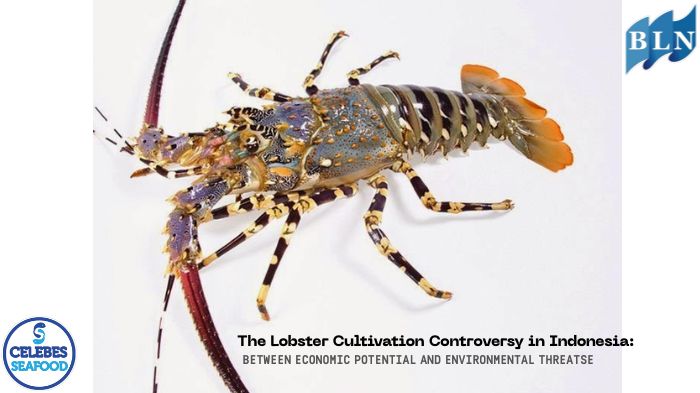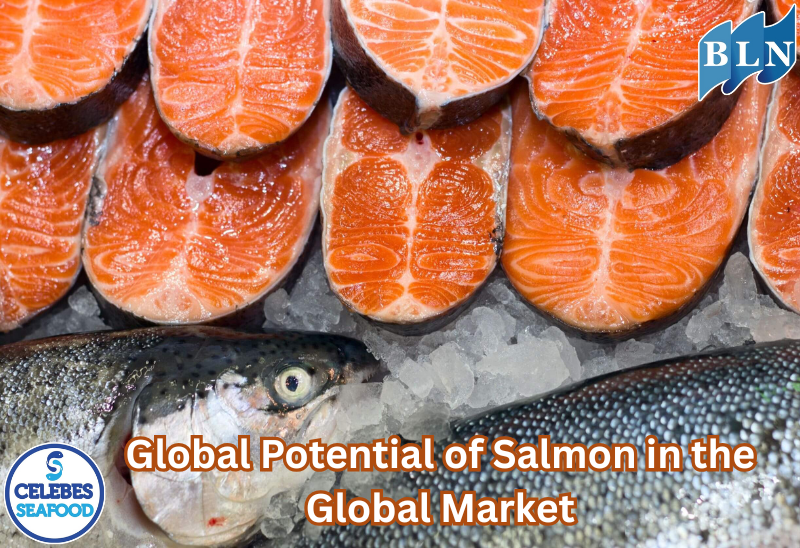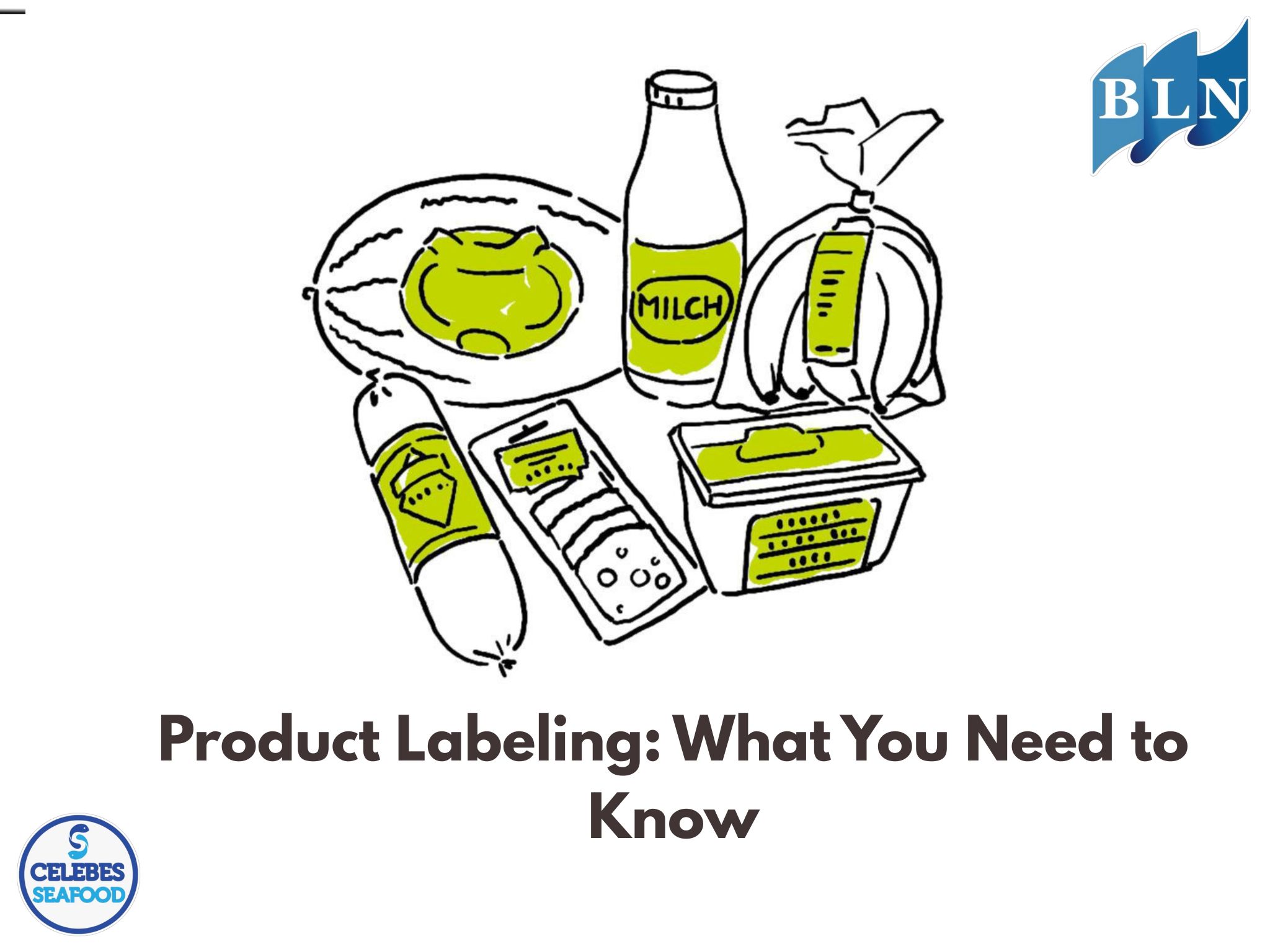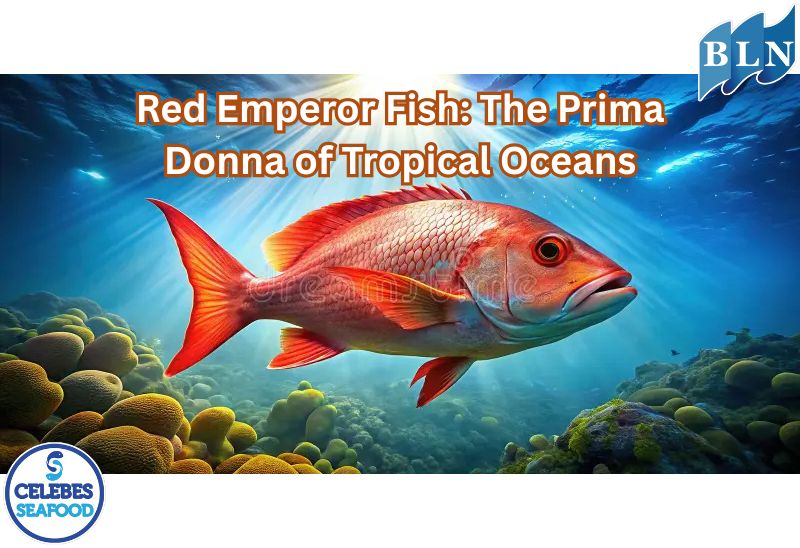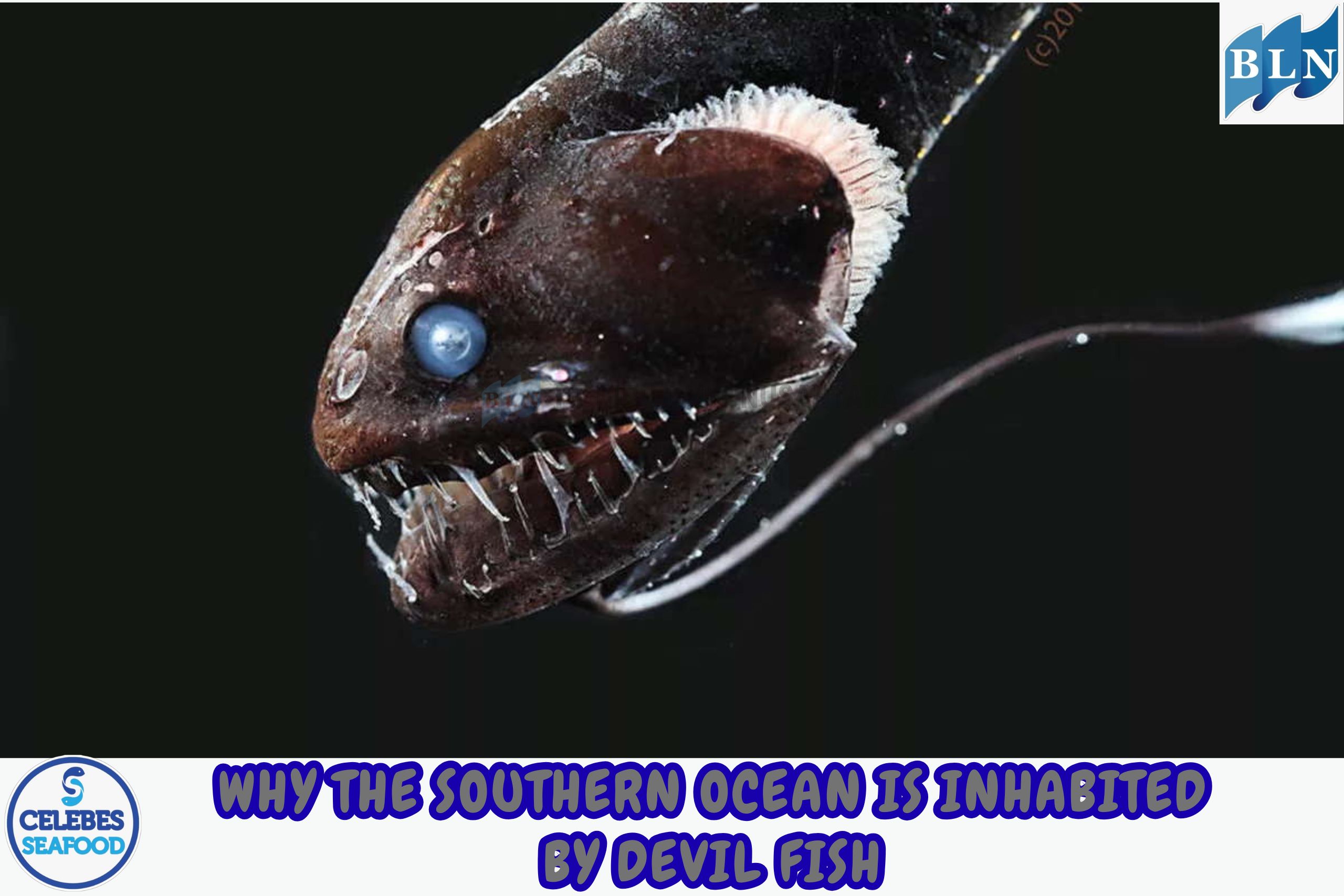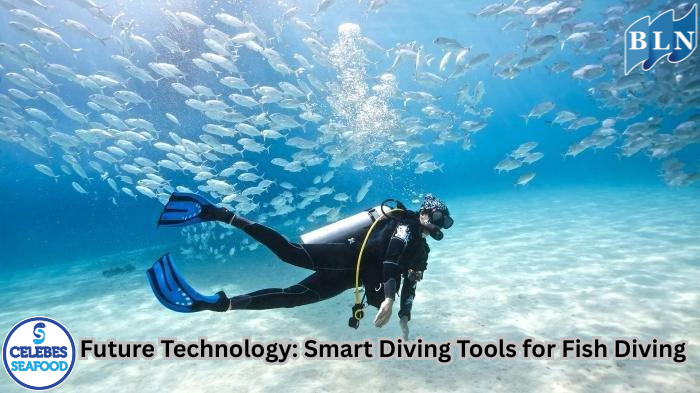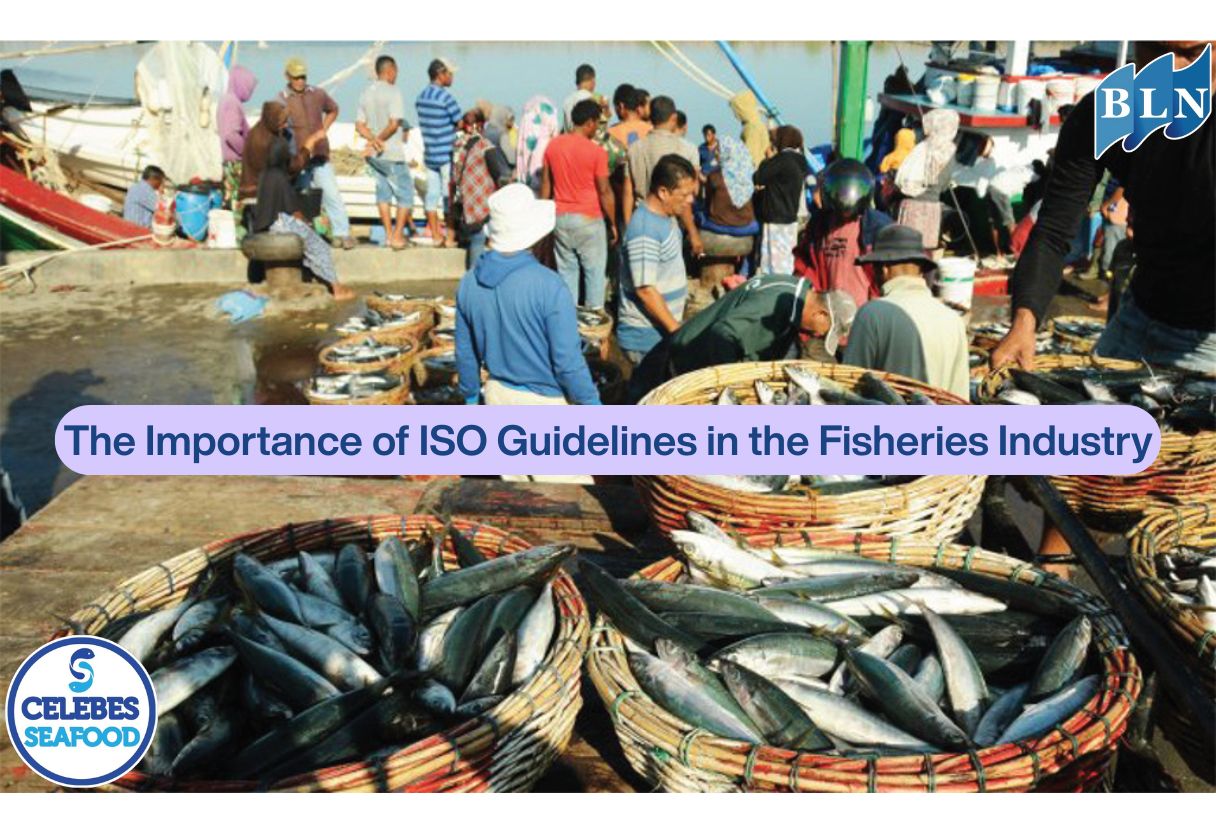Biofloc and Recirculation: A Revolution in Intensive Aquaculture Systems
By. Edi - 10 Jun 2025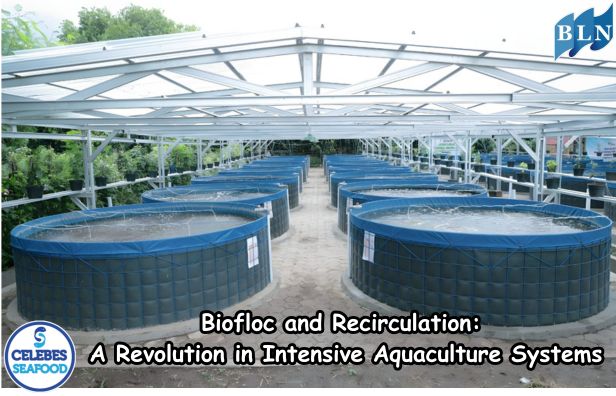
lautnusantara.com The aquaculture sector continues to innovate to meet the increasing demand for food while facing environmental challenges. Two prominent technology systems that are considered revolutionary in intensive aquaculture are Biofloc and Recirculating Aquaculture Systems (RAS). Both offer solutions to increase productivity, resource efficiency, and environmental sustainability in fishery production.
A. Biofloc System (Biofloc Technology System - BFT)
Biofloc is a cultivation system that optimizes water quality and feed nutrition by utilizing microbial flocs. Instead of routinely replacing water, this system encourages the growth of microbial aggregates (flocs) consisting of bacteria, algae, protozoa, and dissolved or suspended organic particles.
How Does It Work?
- Utilization of Organic Waste: Uneaten feed and fish/shrimp metabolic waste are converted into microbial biomass (flocs) by heterotrophic bacteria.
- Ammonia Reduction: Bacteria in flocs consume toxic nitrogen compounds such as ammonia and nitrite, converting them into microbial proteins. This significantly maintains water quality.
- Natural Feed Source: The flocs formed serve as additional natural feed for the cultured organisms. This can reduce the feed conversion ratio (FCR) and save on feed costs.
- Water Efficiency: Since there is no or very little water turnover, water use in biofloc systems is very efficient, making it ideal for areas with limited water supplies.
Biofloc Benefits:
- Reduces water use.
- Increases biomass per unit volume.
- Reduces feed costs.
- Minimizes environmental impacts of culture effluents.
- Improves biosecurity and health of farmed animals.
Biofloc Challenges:
- Requires strong and stable aeration.
- Strict management of water quality and carbon-nitrogen (C/N) ratio.
- Sensitive to drastic pH changes.
B. Recirculating Aquaculture System (RAS)
RAS is a culture technology where water from the culture tank is filtered, treated and reused. This system minimizes the need for fresh water and allows intensive production in any location, without being tied to large natural water sources.
How Does It Work?
- RAS works through a series of filtration and water treatment components:
- Mechanical Filtration: Removes solid particles (leftover feed, feces) from the water.
- Biofilter: Uses nitrifying bacteria to convert toxic ammonia and nitrite into less harmful nitrate.
- Oxygenation: Ensures optimal dissolved oxygen (DO) levels for fish/shrimp.
- Sterilization (Optional): Uses UV or ozone to kill pathogens.
- Temperature Control (Optional): Uses heaters or chillers to maintain ideal water temperatures.
Benefits of RAS:
- Full Environmental Control: Temperature, oxygen and water quality can be precisely regulated, creating optimal conditions for growth.
- Extreme Water Efficiency: Saves up to 90-99% of water compared to conventional systems.
- Location Flexibility: Allows cultivation in urban areas, deserts, or far from the sea/river.
- High Biosecurity: The risk of disease entry from the external environment is very low.
- Year-round Production: Not dependent on seasons or external weather conditions.
Challenges of RAS:
- High initial investment costs.
- Requires technical expertise and a deep understanding of water quality.
- Relatively high energy consumption for pumping and aeration.
- Effective sludge management.
Revolution in Intensive Aquaculture:
Both biofloc and RAS represent a paradigm shift in aquaculture. They enable high-density cultivation in limited space, reduce environmental impact, and improve biosecurity. Combinations of these two technologies, where RAS systems are complemented by biofloc technology for better nutrient management, are also being explored.
These technological developments open up new opportunities for increasing protein food production, reducing pressure on wild fish stocks, and creating more sustainable and efficient aquaculture systems in the future. Despite the challenges, the revolutionary potential of biofloc and RAS makes them a critical pillar of global food security.
If you are interested in our Coral Trout Fillet Skin On, CORAL TROUT WGG WHOLE GILLED GUTTED, TOMATO COD WHOLE GILLED GUTTED please do not hesitate to contact us through email and/or whatsapp.
